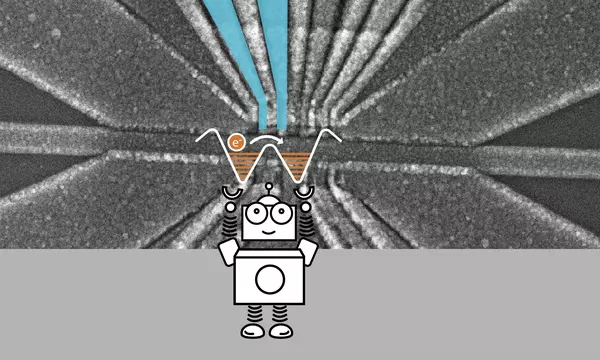By its very nature, quantum science sets fundamental limits on precision measurements, so by necessity NIST is a leader in basic and applied research in quantum science. Some of the most fundamental quantum research in the world is carried out in partnerships between NIST and top universities, such as JILA, the Joint Quantum Institute (JQI) and the Joint Center for Quantum Information and Computer Science (QuICS). Scientists in these institutes leverage the combined resources of the partners to advance research in the control of atoms and molecules and development of ultra-fast lasers capable of manipulating states of matter. The discoveries that have been made in these institutes continue to be applied at NIST to meeting new measurement challenges, such as the development of the world’s best atomic clocks and lasers.
An emerging research focus at NIST is understanding the potential for quantum-based technology to transform security, computing and communications, and to develop the measurement and standards infrastructure necessary to exploit this potential. Breakthroughs at NIST enabled the first forays into real-world quantum computing and tested the limits of quantum information and security. NIST is also developing the technology to harness the power of quantum computing in the everyday world through nanotechnology.
The Research
Additional Resources Links
The History and Future of Quantum Information
When two good things get together, they can create something even better. That’s the case with quantum information—the marriage of quantum physics and computing theory. The National Institute of Standards and Technology (NIST) has contributed to much of its history and is helping to shape its future.








